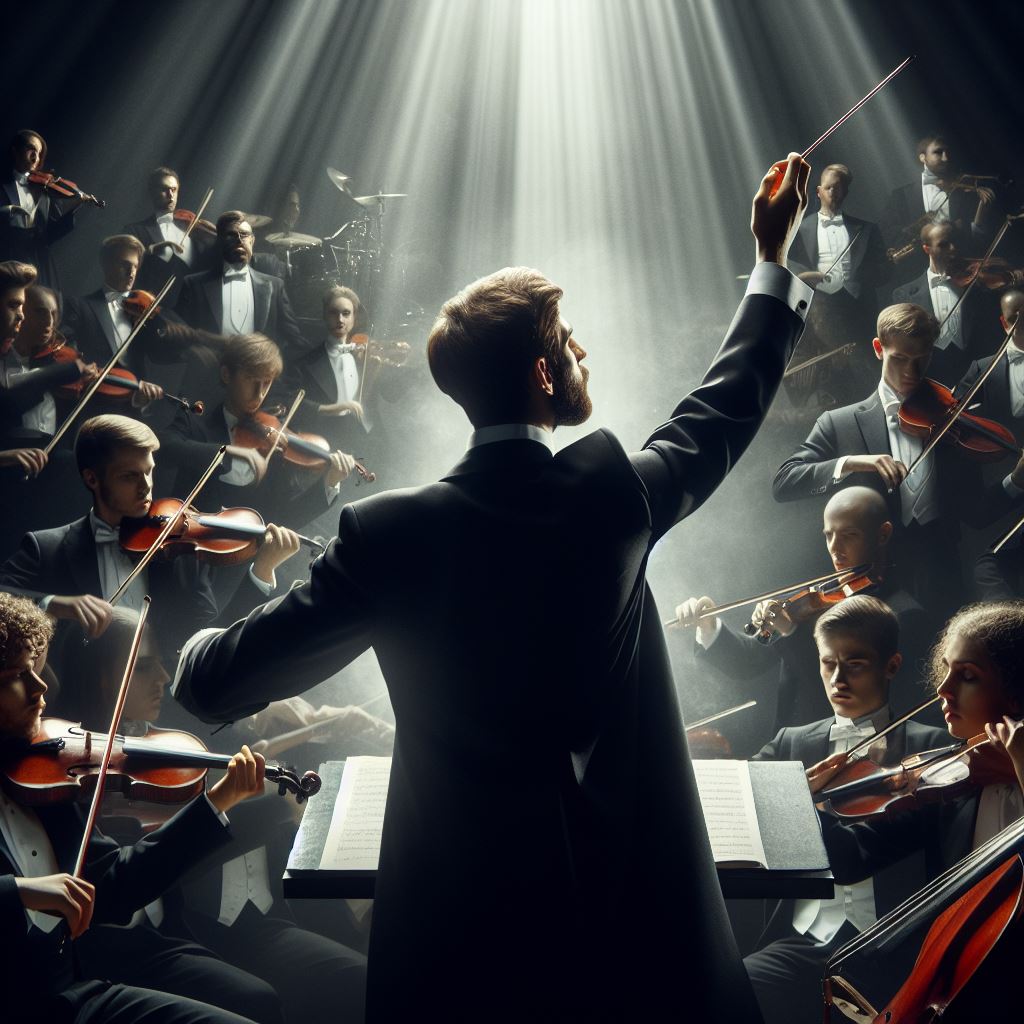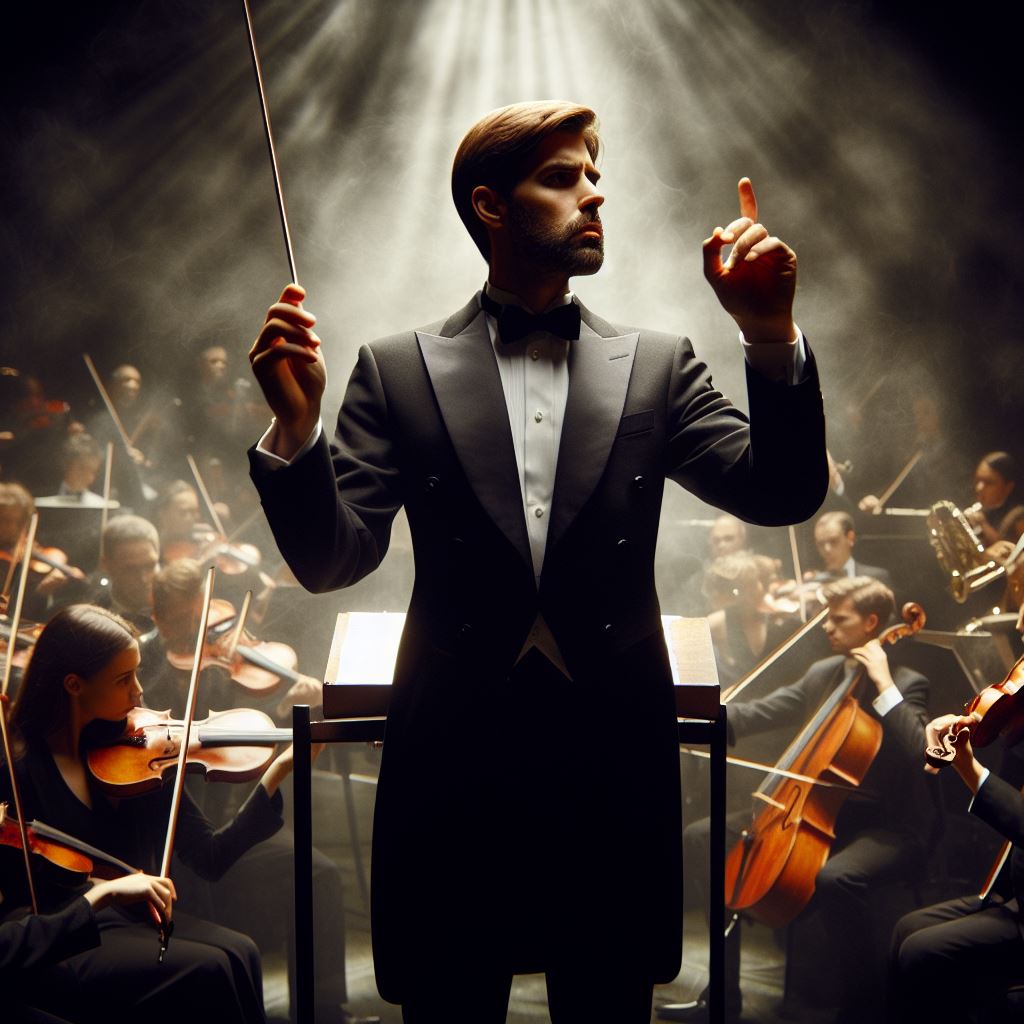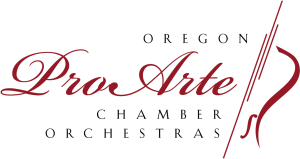 Orchestral conducting is an art form that has seen a remarkable evolution over the centuries. From the Baroque era to the modern age, the way conductors communicate with their musicians and interpret compositions has transformed dramatically.
Orchestral conducting is an art form that has seen a remarkable evolution over the centuries. From the Baroque era to the modern age, the way conductors communicate with their musicians and interpret compositions has transformed dramatically.
Baroque Beginnings
During the Baroque era, the role of a conductor, as we understand it today, was largely absent. Instead, ensemble leaders, frequently composers or lead instrumentalists, employed rudimentary techniques to guide performances. These leaders often conveyed cues from the harpsichord bench or through gestures from the principal violinist. This period favored a more intimate dynamic among musicians, minimizing the necessity for a dominant figure to oversee the performance. Baroque music, characterized by its intricate counterpoint and embellishments, demanded a high degree of musicianship and mutual comprehension among instrumentalists. This era laid the groundwork for later developments in orchestral direction, emphasizing the collective proficiency and coordination of musicians within ensembles.
Classical Clarity
As the Classical period dawned, musical compositions evolved into more intricate forms, and orchestras expanded in size and complexity. The demand for cohesion and unity among musicians became increasingly evident. Thus, this era witnessed the emergence of the conductor’s role as a pivotal figure in orchestrating performances.
Conductors, such as Carl Philipp Emanuel Bach, started to establish themselves as central figures within orchestral settings. Positioned facing the orchestra, they utilized rudimentary tools like rolled-up sheets of paper or small staffs to beat time and signal entrances. Their gestures provided essential guidance, ensuring synchronization and precision among the ensemble.
The Classical period marked a significant shift towards a more structured approach to orchestral direction. Conductors played a crucial role in shaping interpretations and unifying musicians’ efforts towards cohesive performances. Their growing influence highlighted the evolving nature of musical leadership and the increasing importance of conductor-orchestra dynamics in achieving artistic excellence.
Through their direction and interpretation, conductors of the Classical era laid the groundwork for the modern conception of orchestral leadership. Their contributions fostered a deeper understanding of the conductor’s pivotal role in realizing the composer’s vision on the concert stage.
Romantic Revolution: The Conductor as an Interpreter
The Romantic era marked a significant shift in the role of the conductor, transforming them from mere timekeepers to interpreters of the music itself. Symphonic literature of this period, characterized by rich textures and dynamic contrasts, necessitated a deeper level of interpretative insight.
Conductors such as Hector Berlioz and Richard Wagner emerged as influential figures for their compositions and for their revolutionary approaches to conducting. They infused their interpretations with emotional depth and expressive nuance, employing broader gestures and impassioned guidance to elicit profound performances from their orchestras.
Now, the conductor’s role evolved into one of artistic interpretation, shaping the orchestra’s rendition of the music through nuanced expression and heightened sensitivity. Their ability to convey the emotional essence of the music became integral to the Romantic aesthetic, paving the way for future generations of conductors to explore the depths of musical interpretation.
The Romantic revolution elevated conducting to a new level of artistic expression, highlighting the conductor’s pivotal role in illuminating the composer’s intentions and bringing the music to life with unparalleled emotional resonance.
The Maestro Emerges: Icons of the 20th Century

The 20th century heralded the emergence of the maestro – the conductor transformed into a celebrity figure. Renowned personalities like Arturo Toscanini, Leonard Bernstein, and Herbert von Karajan elevated the art of conducting to unprecedented heights, akin to virtuosic performance. With distinct personas and exacting standards, they left an indelible mark on the world of classical music, often achieving fame comparable to the composers whose works they interpreted.
Toscanini’s fervent precision, Bernstein’s captivating expressiveness, and Karajan’s refined interpretations exemplified the diverse spectrum of conducting styles that came to prominence during this era. Each conductor brought their unique vision and charisma to the podium, captivating audiences with their artistry and leaving an enduring legacy in the annals of music history.
These iconic figures not only shaped the direction of orchestral performance but also became cultural icons in their own right, transcending the confines of the concert hall to become symbols of artistic excellence and mastery. Through their unparalleled contributions, they solidified the conductor’s role as a central figure in the world of classical music, inspiring generations of musicians and audiences alike with their passion, skill, and dedication to the craft.
Modern Melding
Orchestral conducting has undergone a compelling fusion of tradition and technology. Today’s conductors must possess profound knowledge of historical performance practices while also embracing the opportunities presented by technology, including digital scores and advanced sound engineering. Figures like Sir Simon Rattle and Gustavo Dudamel exemplify this balance, blending traditional techniques with contemporary sensibilities.
Conductors of this era engage audiences through a variety of mediums, including live performances and digital broadcasts, demonstrating a versatility that spans ancient compositions to contemporary works. The value placed on adaptability underscores the conductor’s role as a bridge between past and present, tradition and innovation.
The integration of technology into orchestral conducting has expanded the possibilities for musical expression and dissemination, enriching the conductor’s toolkit with new avenues for interpretation and collaboration. Modern conductors navigate the complexities of tradition and technology, forging a path that honors the rich heritage of classical music while embracing the transformative power of the digital age.
The Future of Conducting
As we look toward the future, the evolution of conducting techniques shows no sign of slowing down. With the increasing globalization of classical music, conductors now draw on a diverse array of cultural influences, incorporating global musical traditions into their interpretations. The role of the conductor continues to expand, encompassing not only musical leadership but also mentorship, education, and community engagement.
Engaging the Audience
A crucial aspect of modern conducting is the ability to engage directly with the audience. Conductors are now seen as ambassadors of classical music, tasked with demystifying the genre for new listeners while deepening the appreciation of long-time enthusiasts. Through pre-concert talks, outreach programs, and social media engagement, conductors bridge the gap between the orchestra and the audience, bringing a personal touch to their performances.
In tracing the evolution of orchestral conducting techniques from the Baroque era to the modern age, we’ve witnessed a remarkable journey. What began as a practical role focused on coordination has blossomed into a multifaceted art form. Conductors have gone from background figures to center-stage maestros, their batons guiding the audience’s emotional journey through the music. The art of conducting will continue to develop, shaped by the contributions of iconic conductors and the changing methodologies of our times. The baton may be the same, but the hands that wield it will continue to explore new horizons, pushing the boundaries of orchestral performance into uncharted territories.
